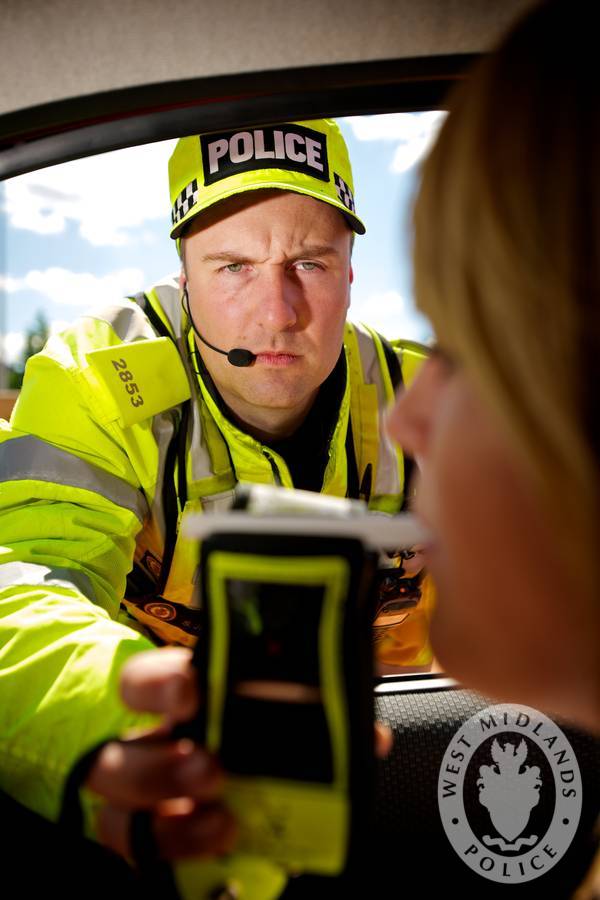New drug driving laws come into force this month in England and Wales, allowing police officers to now test for exceeded limits of eight prescribed and eight illegal substances, including cocaine and cannabis, at the roadside. New ‘drugalyser‘ machines will be able to identify drivers under the influence of drugs and deal with them according to the law.
Previously, drivers suspected of using drugs had to be taken to a police station to undergo blood tests under medical supervision. These took up a lot of time and delays sometimes meant that drugs were allowed to leave a person’s system undetected.
What are the figures involved?
Research from THINK! reveals that 20% of people know someone who has driven after taking illegal drugs. Of those who admitted to doing so themselves, just over half (55%) claimed to feel safe enough to drive. These figures show an alarming level of complacency that the new drug driving laws aim to eradicate.
Which drugs are covered by the new law?
Illegal substances included in the laws include cocaine and cannabis, as well as LSD, ecstasy, ketamine and heroin. Legal highs are not detectable yet by the new machines, but eight prescription drugs commonly used to tackle pain or addiction will come under the new law, to make sure drivers do not take too much before getting in their car.
Prescription drugs will have higher limits set than their illegal counterparts and include diazepam, temazepam, flunitrazepam (a.k.a. rohypnol) and methadone. There are plans for adding amphetamine to the list shortly as well, subject to Parliamentary approval.
What are the penalties?
The new drug driving laws are very similar to existing drink-driving laws, as is the process with breath tests and further analysis at a police station if necessary. Even if a driver passes a roadside ‘drugalyser‘ test for ecstasy, LSD, ketamine or heroine, they can still be obliged to attend a second test at a police station
Punishment is severe. Offenders will receive a criminal record and driving ban, with their licence removed for at least a year. There are also fines of up to £5,000 and the possibility of up to six months in prison.
The Government’s view
The Government is throwing its weight behind these laws. Road safety minister Robert Goodwill said: “This new law will save lives. We know driving under the influence of drugs is extremely dangerous; it devastates families and ruins lives. The government’s message is clear – if you take drugs and drive, you are endangering yourself and others and you risk losing your licence and a conviction.”
The Institute of Advanced Motorists agreed. Its Chief Executive, Sarah Sillars, said that the law was, “a real step in the right direction”.
admin
Latest posts by admin (see all)
- How to drive used vans in challenging weather conditions - April 20, 2025
- Four ways to extend the life of pick-up trucks - February 19, 2025
- Virtual Vehicle Inspections: What to Expect - February 10, 2025






